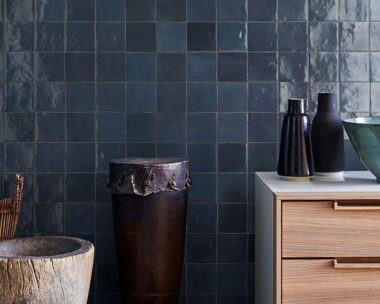I think the gardening skill I admire the most – possibly because it’s an area I struggle with – is plant matching. There’s a lot more to it than putting on colour co-ordinated clothes, believe me.
For this reason, much of the post-work conversation at our house has to do with whether fatsia and grasses will look good together, and if the hebes the Partner has planted in the native garden will enjoy the company of a Pimelia ground cover, and how to ensure the colours of the different foliage around the pond will not scream at one another.
Sunday drives (which we only ever have if it’s raining) are punctuated with yells of, “Stop, what are those, they look great together!” and the brandishing of the camera that lives in the glove box for such occasions.

My current dilemma is what to plant with hydrangeas, or more accurately, what to plant hydrangeas with, since I have a heap of cuttings that need to go in somewhere. I love the blooms of hydrangeas, but figuring out where to plant them is a nightmare because when they’re not flowering, they’re dry brown sticks in a bare patch – ergo, they need constant companions that will not desert them in the winter.
A year or so ago a neighbour gave us our first batch of hydrangea cuttings and the Partner planted them, as directed, in dappled shade behind a large viburnum. They were completely hidden from view, which suited me, and anyway I never thought they’d grow since he did nothing more than jam them into the soil and ignore them for the ensuing 12 months.
Searching the garden one day for something to stuff in a vase, I noticed a gorgeous shade of blue behind the viburnum. The dead sticks had grown leaves and a whole heap of sensational, green-tinged, sky blue flowers. When the Partner wasn’t looking, I did a bit of sneaky research on the internet to find out how to propagate them, and discovered that the ease with which we grew these ones wasn’t just a lucky accident.
You can plant them, ignore them apart from a bit of watering if it gets very dry, and then just wait for the flowers – the arrival of which is virtually guaranteed. Honestly, you have to love that!
But then there is the vexed question of where to plant them. They’re not sun bunnies so the flowers will develop more vibrant colours and last longer in the shade, which is a bit of a saving grace since you don’t want dead sticks in your sunny front garden visible for most of the year.

Because they’re planted alongside a fence, with trees behind them, these hydrangeas don’t leave too much of a gap when they die off.
Hydrangeas flower on the branches from the previous year and do best if pruned every year, taking the second-year wood right down to the base of the plant. Usually the second-year wood is lighter in colour, more branched out at the top and has old flowers on it.
Taking this out lets more light into the plant so new shoots can develop from the base. Throw some fertiliser at them once or twice a year if you can be bothered (I never have) and that’s about all you need to know.
I saw a clever hydrangea trick the other day, where they’d been planted in front of a post and rail fence bordering a large garden. There were evergreen plants on the inside of the fence, so when the hydrangeas kick the bucket in the winter, you don’t even notice they’ve gone.
My plan is to jam them into any shady area of the garden that lacks winter colour. I’ll put them behind the existing shrubs so they won’t be missed when they’re not there. I’m also planning on a row of them along the shady side of the garden shed, where the intense blue flowers will look amazing against the silver Zincalume.
And there’s the rub – how to ensure I’m actually going to get and then retain the intense blue beside the shed, the pale blue and green in the native garden and the creamy white in the lily garden. I’m totally enamoured of the sky blue blooms we’re taking most of our cuttings from, so the last thing I want is them turning the colour of the dog’s gums the second my back’s turned.

Old-fashioned they may be, but the French love them so they have a place in my garden.
COLOUR
The distillation of about 1000 pages of “expert” and “scientific” opinion and anecdotal information on controlling the colour of hydrangeas is this:
BLUE
You’re going to need aluminium in the soil to make blue blooms. Aluminium sulphate is your baby – add it to the soil around your plants to lower the pH.
Another method for lowering the pH is to add organic matter to the soil such as coffee grounds, fruit and vegetable peelings or grass clippings.
Choose a fertiliser low in phosphorus and high in potassium to get good blues. Avoid superphosphates and bone meal.
PINK
For hydrangea blooms to be pink, the plants must not take up aluminium from the soil. If the soil naturally contains aluminium, try these tricks:
Add dolomite lime several times a year to raise the pH to about 6.0 to 6.2.
Use a fertiliser with high levels of phosphorus. That will help to stop aluminium getting into the system.
If your soil is the opposite of what’s needed to naturally produce your preferred colour, you can save yourself a lot of bother by growing hydrangeas in pots. And if that seems too “little-old-lady-ish”, take comfort in the knowledge that the French adore hydrangeas and they’re one of the top summer shrubs in the land of style.
Tip: Keeping hydrangeas in containers makes it easier to control the soil so you get the colour you want.




